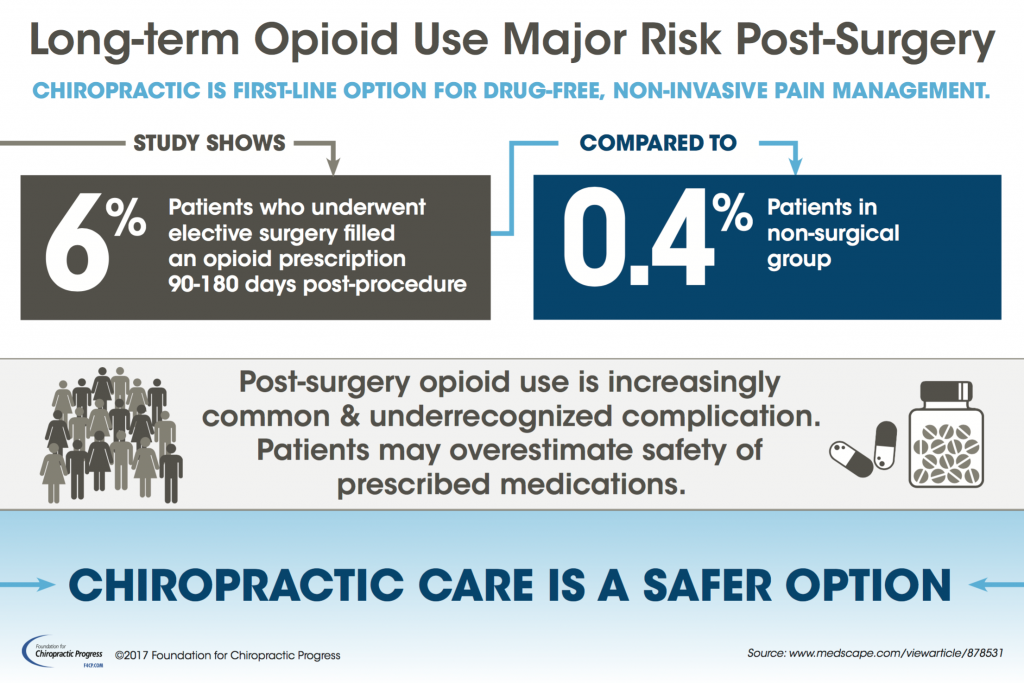When it involves understanding cold laser therapy, there's a fascinating world of scientific research waiting to be discovered. The elaborate ways in which low-level light interacts with your body's cells to advertise recovery might stun you. From boosting cellular function to lowering inflammation and boosting general well-being, the science behind this therapy holds lots of tricks that can benefit your health in unanticipated methods. Captivated by exactly how these light waves work their magic? Let's decipher laser skin resurfacing smithtown with each other.
How Cold Laser Treatment Works
To recognize how cold laser treatment functions, consider its capability to pass through the skin and stimulate recovery at a cellular degree. When the cold laser is put on the targeted location, it gives off a low-level light that can penetrate a number of centimeters below the skin. This light interacts with the cells in the cells, setting off a series of organic responses.
The photons of light power are soaked up by the mitochondria, the powerhouse of the cell. This stimulation enhances cellular feature, promoting the production of ATP, which is important for cellular power. Therefore, the cells have a lot more energy to repair and regrow, accelerating the healing procedure.
Additionally, cold laser therapy likewise assists in decreasing swelling and enhancing blood flow in the damaged location. By reducing inflammation, it assists to ease pain and swelling. The boosted blood flow brings extra oxygen and nutrients to the cells, even more sustaining the recovery process at a cellular level.
Devices of Action
Recognizing the systems of activity behind cold laser treatment offers insight into its efficiency in advertising cellular recovery and decreasing inflammation.
When the cold laser is applied to the skin, it penetrates the targeted cells without heating or damaging it. The photons of light sent out by the laser are absorbed by the mitochondria in the cells, where they boost the production of adenosine triphosphate (ATP), the power money of the cell. This rise in ATP production improves mobile metabolism, leading to increased healing processes.
Furthermore, cold laser treatment aids to decrease inflammation by turning on the lymphatic water drainage system, which helps in getting rid of excess fluid and waste items from the affected area. The laser additionally promotes the release of anti-inflammatory conciliators, such as nitric oxide, which play an essential duty in wetting the inflammatory feedback.
Conveniences and Applications
Exploring the numerous advantages and useful applications of cold laser treatment unveils its adaptability in treating a wide variety of problems efficiently. This non-invasive treatment choice is known for advertising cells fixing and minimizing swelling.
One considerable advantage is its capacity to speed up the recovery procedure for injuries such as sprains, stress, and tendonitis. Cold laser therapy is likewise made use of for pain management in conditions like joint inflammation, fibromyalgia, and neuropathy, offering alleviation without the demand for drug.
Past discomfort relief, cold laser therapy has actually shown assurance in dermatological applications by promoting collagen production, which can boost complexion and appearance. Furthermore, it's progressively used in sports medication to improve performance, quicken healing, and alleviate muscle exhaustion.
Furthermore, this therapy aids in reducing scar cells formation and can be valuable in post-surgical rehabilitation.
Verdict
You currently comprehend the science behind cold laser treatment and its advantages for recovery, discomfort administration, skin health and wellness, sporting activities efficiency, and post-surgical rehabilitation.
By making Suggested Internet page of low-level light to boost mobile healing, this therapy supplies a non-invasive and effective treatment choice for a selection of conditions.
With its capability to improve cellular function and advertise recovery processes, cold laser treatment is a valuable device in modern-day healthcare.
